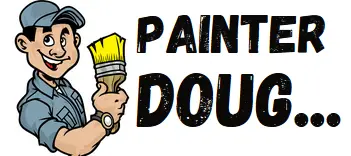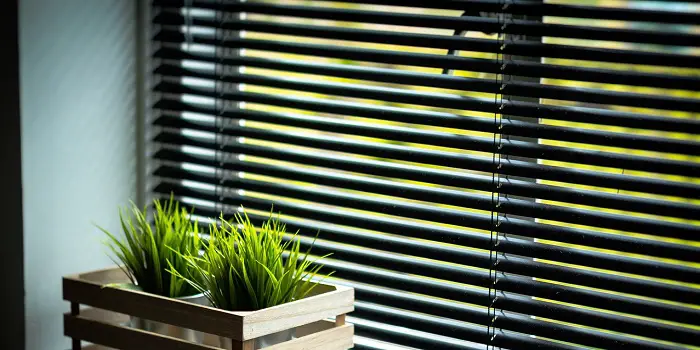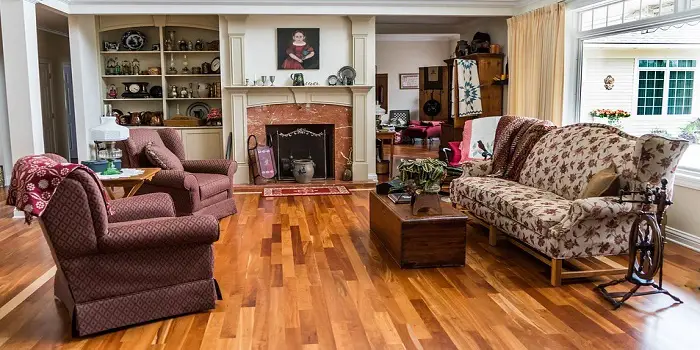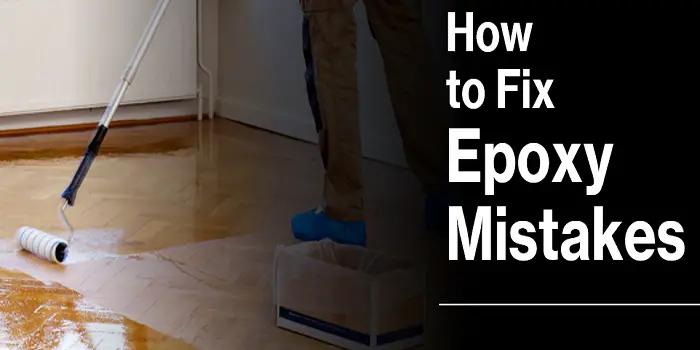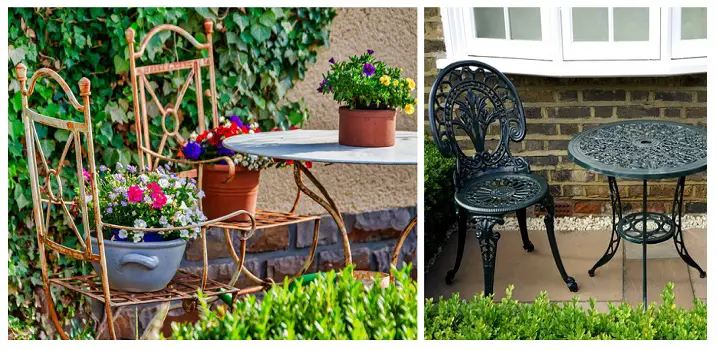
If your patio furniture is made of iron or steel and you want it to last longer, then powder coating might just be your new best friend. It’s like giving your furniture a stylish suit of armor — tough, good-looking, and ready to take on the elements.
Now, depending on how much use (and abuse) your furniture gets — whether it’s the star of weekend BBQs or a quiet corner piece sunbathing in solitude — you might need to give that powder-coated finish a fresh coat now and then.
In this article, I’ll walk you through the step-by-step process of refinishing your powder-coated patio furniture and whether you can actually paint over it in the first place.
But before we jump into the fun stuff, let’s first unravel the mystery of powder coating — what it is, why it’s all the rage, and yes, its pros and cons (because nothing’s perfect, not even powder).
What's Here in the Article:
What is Powder Coating?
Powder coating is the application of dry powder to metal surfaces by way of electrostatic methods. The coating (with a smooth flat finish) is usually applied using a low-velocity, air-powered spray gun.
Once the powder is applied, it is cured to create a layer of protection over the metal to resist oxidation. This form of light coating is a great alternative to liquid paint, which offers advantages over traditional metal paint by creating a thicker layer to protect the metal surface.
Because the powder is dry, there are no drips or runs as might occur with paint. And also – because no solvents are used, which means no Volatile Organic Compounds (VOCs) are present, powder coating is safe for the environment.
This means that even if the powder is applied indoors, no toxic chemicals will be released during the process. And hence it’s safe for your family.
PROS:
- Durable
- Cost-effective
- Less environmental impact
- Greater material utilization
- Efficient curing and drying processes
- It can be done at home with a bit of training and practice
CONS:
- Start-up costs can be higher
- Color matching can be challenging
- Difficult to produce even thin coatings
- The drying and curing process can be longer for large parts
Can You Paint Over Powder Coating?
Absolutely you can paint over an existing powder coat, but it’s not quite as simple as grabbing a brush and going wild.
Powder coating often leaves behind a smooth, slick surface — great for durability, not so great for paint adhesion. Without proper surface prep, your paint might just slide right off like a bad pickup line. Think of it as courting the surface before committing to a long-term paint relationship.
If you want your efforts to stick (literally), there are a few more things you’ll need to keep in mind.
Paint compatibility drama
Not all paints play nice with powder coat. Some just refuse to bond, thanks to the chemical properties of the coating. It’s like oil and water — or pineapple and pizza, depending on who you ask.
Also, if you’re just touching up a damaged area, beware — the new paint might stand out like a sore thumb next to the powder-coated perfection. Blending takes finesse (and sometimes a second coat).
The curing curse and weather woes
Skip the curing process or do it wrong, and you might end up with peeling or chipping — a heartbreaking sight for any proud patio owner.
Moreover, unless you’re aiming for a “textured chaos” look, wait for a calm, dry day with Goldilocks temperatures — not too hot, not too cold, and definitely not raining.
Remember, you can also powder coat over an existing powder coat under the right conditions. This means if the base is still solid and smooth, a fresh layer might look great provided you rough it up a bit with light sanding or media blasting to help the new layer grip properly.
If the old powder coat is damaged, flaking, or showing signs of corrosion underneath, it’s a no-go. Coating over it will just trap the problems underneath, and the new layer will fail faster than a soggy house of cards. In that case, full stripping and starting from bare metal is the smarter (and more durable) move.
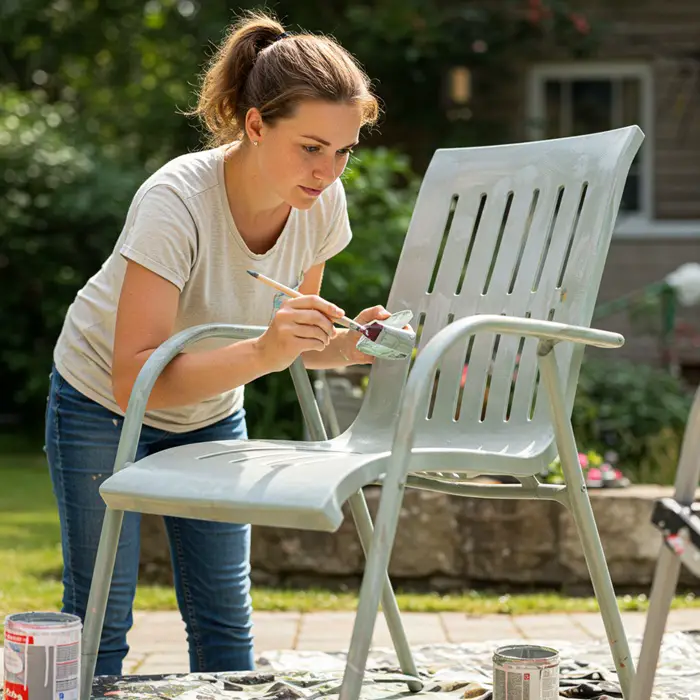
How to Paint Powder Coated Patio Furniture?
Although powder coating lasts far longer than typical paint, it will need to be refinished at some point. But painting over the powder coat is not a simple process.
You may need to struggle hard before the fresh paint can stick to the surface properly.
If your powder-coated patio furniture needs sprucing up, you have two choices. Either try to strip the old powder coating away or apply a new coat of paint over the existing layer.
Step 1- Inspect
The first step is to determine whether the old powder coating is still strong enough to act as a base layer for a new coat.
If you see spots peeling away, chipped, or deeply scratched, you probably will have to remove the old powder coating. However, if the old powder coating is mere faded and still intact, then you can probably paint or apply a new layer of powder coating over it.
Step 2- Prep
If you do not see any rust spots and the finish itself is still intact, then you can sand the surface to remove the dirt and debris.
If the finish is damaged, you will need to strip away the old powder coating. But you will need to start by using a power washer to remove all the dirt and debris along with the loose powder.
Step 3- Clean
After you have removed the deposited dust, follow these steps for cleaning the deposited grime over your powder-coated furniture…
- In a bucket, add warm water and a few drops of mild liquid detergent
- Don’t add any harsh chemicals to soapy water as it can damage the powder coating
- Using lint-free rags or a soft sponge, wipe the furniture surfaces gently, including all the groves and underneath furnishing
- Finally, rinse the metal furniture with cold water and allow it to dry naturally
If you have a glass top on your powder-coated outdoor metal table, clean it with a household glass cleaner. Do not spray this glass cleaner on powder coating.
Step 4- Strip & Sandblast
The best chemical strippers are commercial versions that will remove up to nine coats. Using these strippers is a lot faster than stripping away the old layers by hand.
Scrape away any residue remaining and repeat if there are still layers present. Once the stripper has done its work, you can now sandblast to remove any rust or residue.
However, keep in mind that the heat generated by the sandblasting will cause any remaining powder coating to heat up and become more difficult to remove.
Step 5- Sand & Apply Primer
You’ll want to sand the surface down to its bare metal. Once completed, you can now apply a self-etching primer to the surface.
The primer will allow the paint to stick better, so the final results will last considerably longer than if you just applied paint.
You can use a brush, sprayer, or roller. A sprayer takes less time, but a brush may work just as well.
Apply the primer smoothly over the surface so there is no buildup or runs that might otherwise ruin the paint job.
If you are spraying on the primer, keep it moving in smooth motions to avoid any buildup. Two or three passes over the area should be enough.
Let the primer fully dry, and now you are ready for the next step.
Step 6- Sand & Apply the Paint
Any runs or buildup in the primer can be sanded away. The goal is to create a proper finish so the paint can be applied smoothly to the surface. Now, you are ready to apply the paint.
You can use a brush or roller, but sprayer paint like Rustoleum is generally faster and covers the surface evenly.
You apply the same technique for the paint as you did the primer. The goal is to apply two to three coats of paint by spraying over the surface evenly and in smooth strokes.
After applying the first coat, let it dry and lightly sand so you can apply a second coat.
Step 7- Apply Second Coat and Finish with Polish
After you have applied the second coat, let the second coat dry. This should be more than enough paint to properly cover the patio furniture.
If you prefer to have a shiny finish rather than a more rustic look, you can apply polish to your powder coat patio furniture.
Make sure you apply the polish once the paint is completely dry. Use a clean, soft cloth for polishing and use the blend that is specifically designed for powder-coated surfaces.
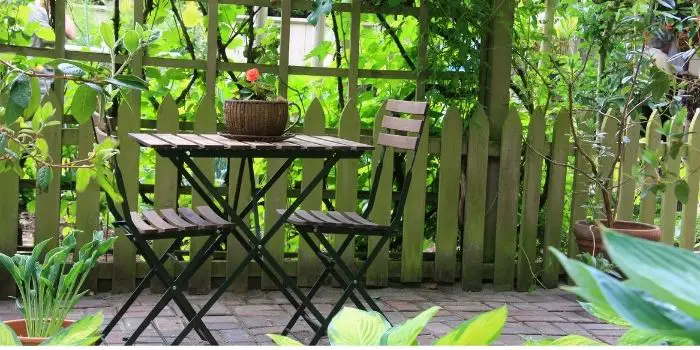
How to Maintain Freshly Painted Powder Coated Surfaces?
So, you’ve just added a fresh coat of paint over that tough-as-nails powder coating. Nice move! But don’t let that fresh finish fool you into thinking it’s invincible.
Don’t worry, minor mishaps can be patched up. Just mix a bit of powder into clear lacquer for a touch-up, or grab an aerosol spray paint with a polyurethane twist for quick fixes.
A little care also goes a long way in keeping the repainted surface flawless and fabulous. Here’s the survival guide for keeping that glam intact.
- Regularly inspect your painted powder-coated surface like you’re searching for secrets. Tiny scratches, chips, or suspicious rust spots? Deal with them before they grow up into drama.
- Use mild soap and filtered or distilled water. No harsh stuff. Tap water often carries minerals like chlorine and iron that love to sabotage your shiny finish with stains or chemical reactions. Your paint job didn’t sign up for that.
- Once cleaned, seal the deal with a wax or ceramic coating. It adds a glossy glow and acts like SPF for your paint, protecting it from UV rays, humidity, and those weird weather mood swings.
Final Thoughts
Powder coating alone is a warrior—tough, eco-friendly, and color-hugging. But throw a layer of paint on top, and things get a tad more high-maintenance. If the prep work before painting wasn’t done right, both layers can throw a tantrum and start flaking faster than a bad sunburn.
Also, when refinishing old powder-coated patio furniture, it will take a bit of trial and error to make things work but try to go with a finish that’s not overly different from the previous one. This will help make the process easier and more convenient, and you will find that it works very well to restore metals like aluminum, galvanized steel, and others.
In the end, it’s just as helpful if you focus on taking your time and adapting stuff the way you expect when experimenting and trying out new stuff with your outdoor metal patio furniture.
Share the post "How to Paint Over Powder-Coated Patio Furniture?"

Douglas Becker (aka Painter Doug) has over twenty years of experience as a painter in Adkins, Texas. At present, he resides in Florida with his family.
From painting multi-storeyed houses, condos, and apartments to large commercial buildings and small offices, he had served various customers in areas not only in Adkins but also in Southwest Florida, Sarasota, Naples, and many more. To know more about him check here.
